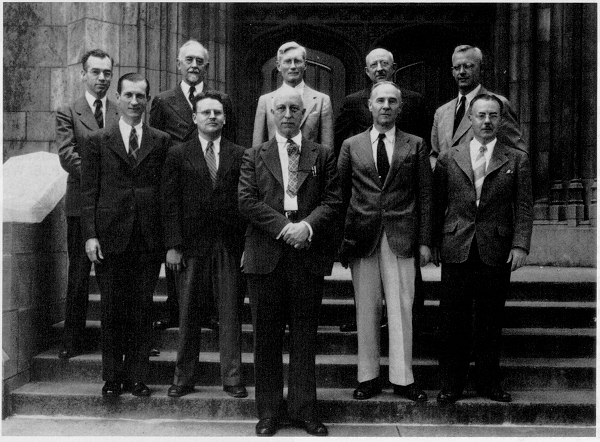Answer the following questions based on your interpretation of the Scheme for Sedimentary Rocks Identification chart of the Earth Science Reference Tables (page 7) as well as your class notes.
1. I am a sedimentary rock which consists entirely of fragments of quartz, feldspar, and mixed rocks
2. Which textural term refers to sedimentary rocks that are comprised of fragments minerals and
3. I am a clastic sedimentary rock which consists of a mixture of angular grains which range from silt
4. I am a monomineralic sedimentary rock which consists entirely of halite. I most likely formed by
5. Limestone consists entirely of which mineral?
6. Carbon is the primary constituent of which sedimentary rock?
7. Which is the correct order for the clastic sedimentary rocks listed below in grain-size order from
8. How can we describe the compositional difference between a breccia and a conglomerate?
9. I am a compact and extremely fine-grained clastic sedimentary rock which splits easily and
10. Concrete may be thought of as a sort of man-made sedimentary rock which consists of a mixture
